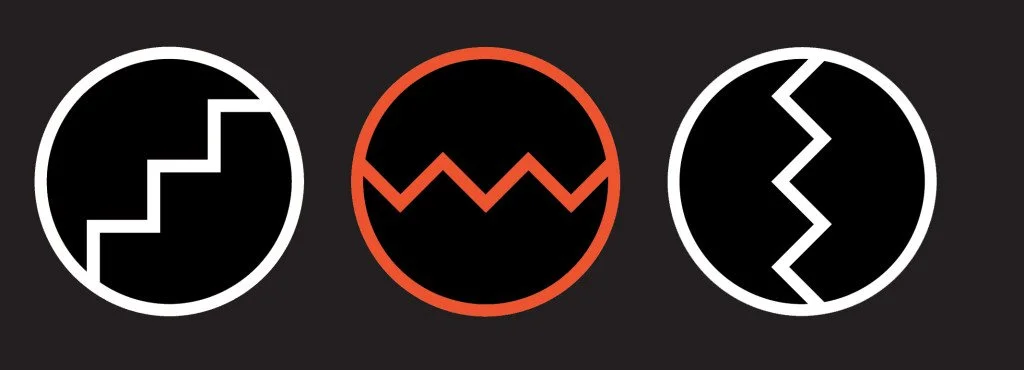Impossible
Impossible is a human invention. Impossible exists only in our minds. It is the projection of an unimaginative mind onto the rest of humanity. In nature impossible doesn’t exist.
Many, many mountains have been described as impossible for humans to climb. Devils Tower for example was first described in 1872 by Colonel Richard Irving Dodge of the U.S. Army,
“An immense obelisk of granite, eight hundred and sixty-seven feet at base, two hundred and ninety-seven feet top, rises one thousand one hundred and twenty-seven feet above its base, and five thousand one hundred feet above tide-water.
Its summit is inaccessible to anything without wings. The sides are fluted and scored by the action of elements, and immense blocks of granite, split off from the column by frost, are piled in huge, irregular mounds about its base.”
Fritz Wiessner dared to doubt the impossible and made the first unaided climb in 1937.
The idea of the impossible isn’t always discouraging, it can be invigorating, as Reinhold Messer writes in his famous essay the Murder of the Impossible, “[we must search] again for the limits of possibility – for we must have such limits if we are going to use the virtue of courage to approach them.” Therefore the limits of possibility allow us to develop the virtue of courage. And when climbing or fighting cancer, courage is the attribute we need the most.
We at the C4KC team have taken on several “impossible” climbs. We are just average people trying to show that things that were once thought impossible, can be done by average people.
All the major mountains have already been explored. There is no utility to science, or the world in repeating a climb. We already know they all can be climbed by a human, but that doesn’t imply that there is no role for exploration in our climbs. In these climbs we are not exploring the mountain so much as we are exploring ourselves. We are pushing the limits of our possibility, inspired by patients who battle kidney cancer and push the limits of their possibility.
The Matterhorn was once deemed so uniformly impossible that porters and guides couldn’t be paid enough to accompany early visionaries to try and accompany them up the mountain.
This will be by far the most complicated and dangerous climb we will attempt clearly pushing the limits of our possibility. In fact we are still not sure we will be successful, but we are training hard and going to try our best. We choose this challenge because, “Enlightenment is found with a full stomach or a soft pillow,” Conrad Anker. We choose this challenge because we are inspired by the hundreds of thousands of ordinary people who are diagnosed with kidney cancer every year and push the limits of their possibility.
So when something goes from impossible to possible. The external thing doesn’t change. The mountains have not changed, the cancer has not changed, but rather, we have changed, our souls have been explored and we have defined a new possible.
After writing this, in August of 2016 we successfully climbed the Matterhorn, starting in Italy and crossing into Switzerland.



